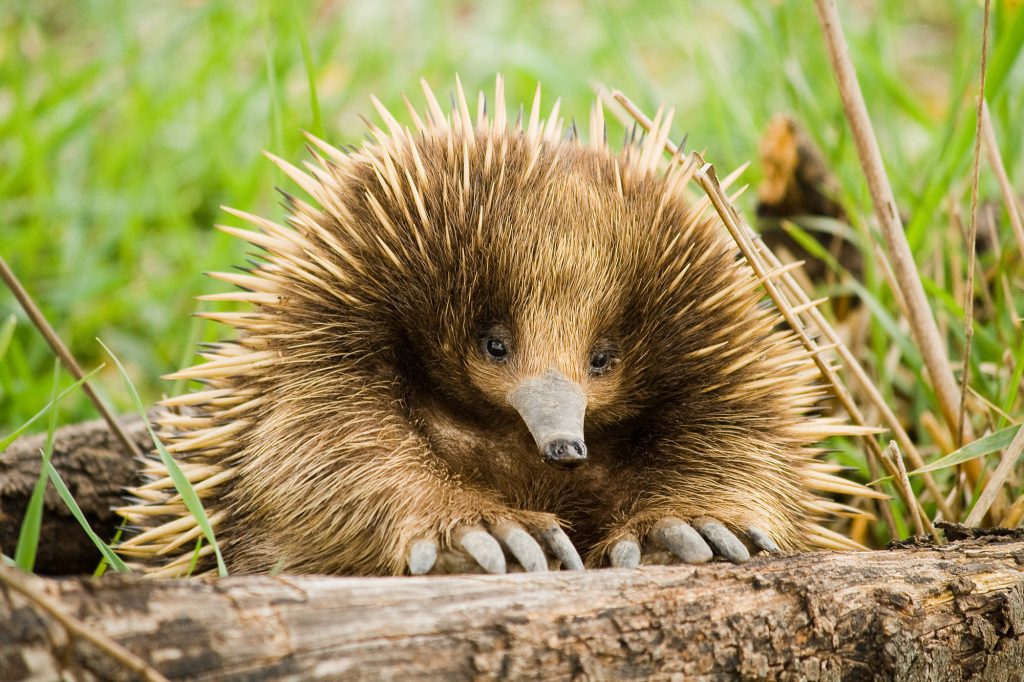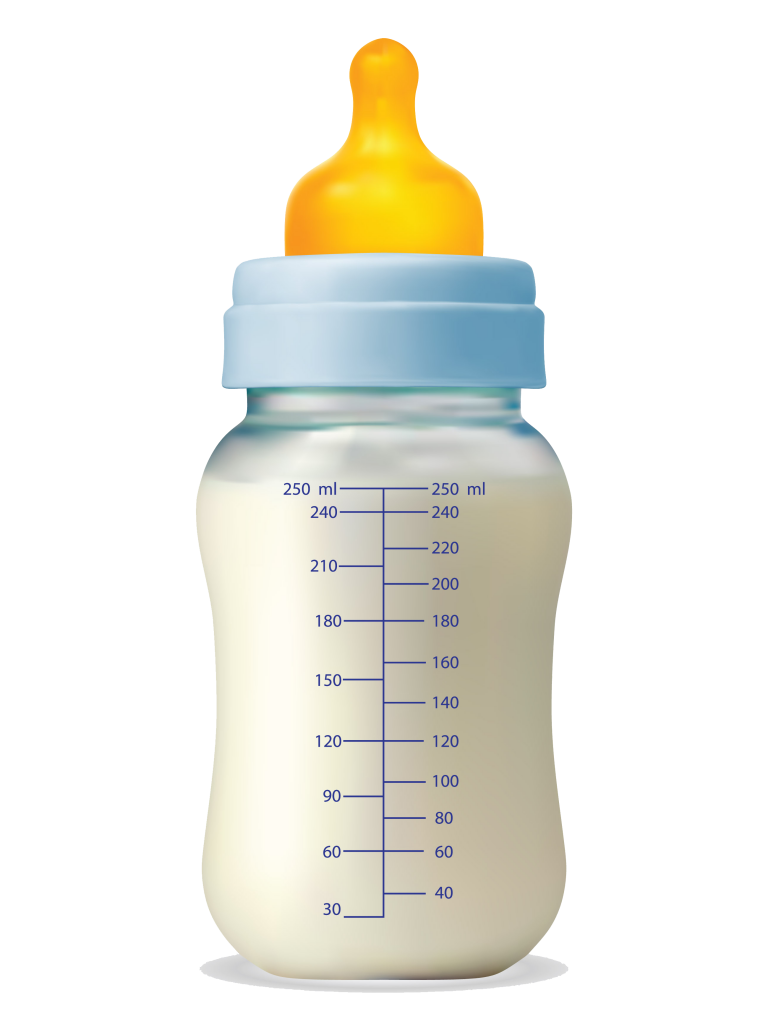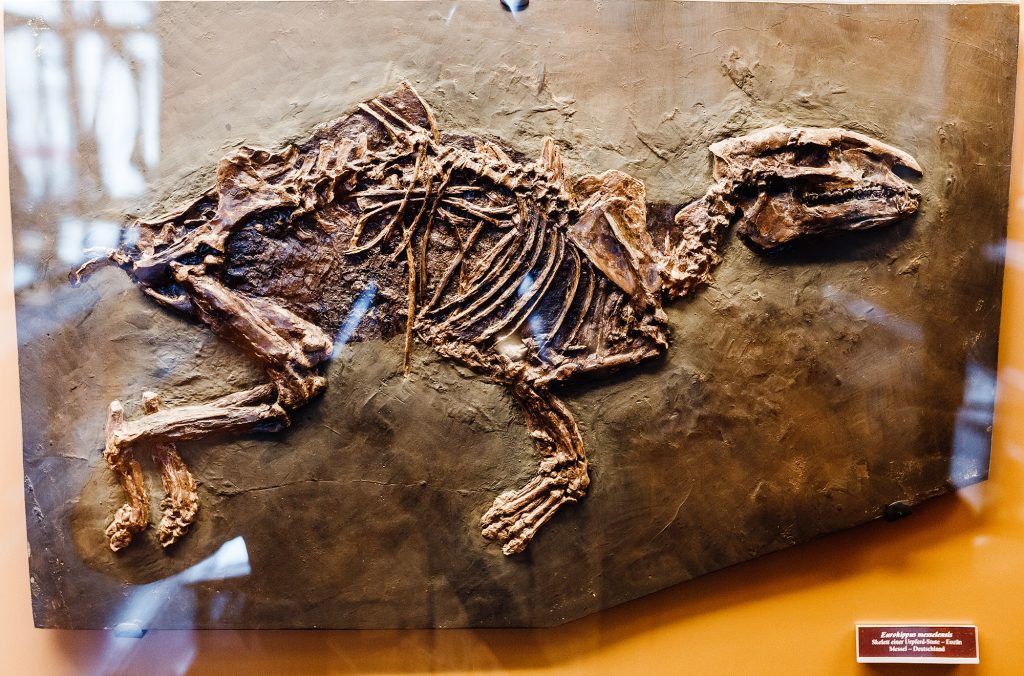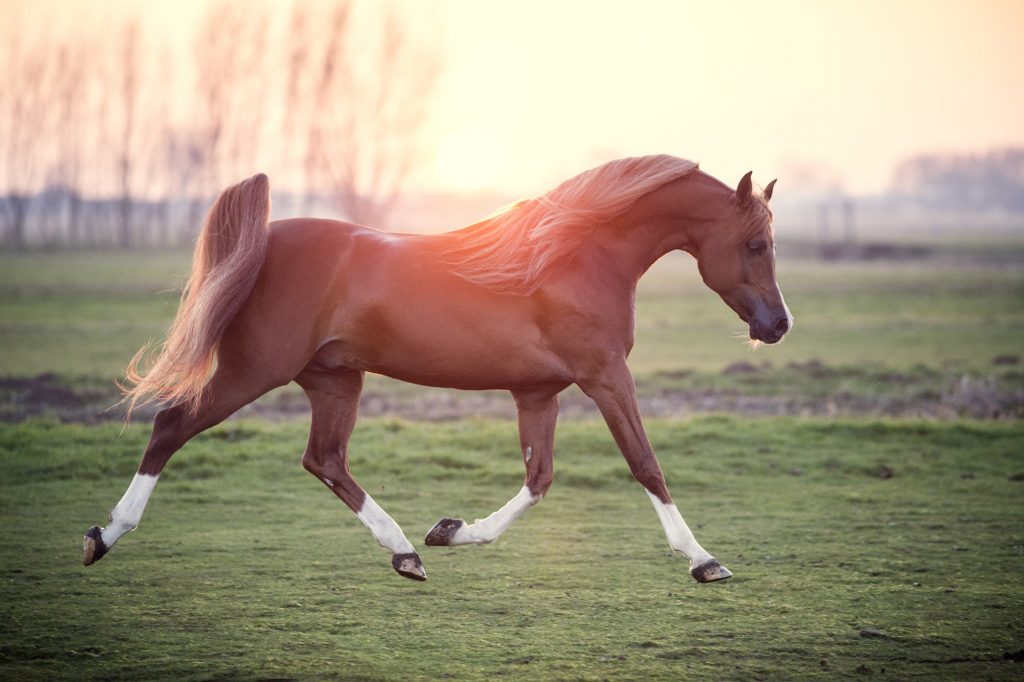
Mammals Strong Parental Investment


Mammals Objectives
- Describe the ancestry basic characteristics of mammals.
- Distinguish between monotremes and marsupials, providing an example of each.
- Diagram the pedigrees for various animal crosses, including genotypes and phenotypes of parents and offspring.

Mammals are the most studied of all animals, not only because we are mammals, but also because of their role in our food supply and as our companion animals.
Mammals have already appeared repeatedly in various course guides; this section provides a brief organizing structure for your mammalian knowledge.
This video provides an overview of mammalian characteristics.
Most people have never heard of Lystrosaurus, but this little almost-mammal survived in large numbers as dinosaurs went extinct.
Dimetrodon was a mammal-like reptile, not a direct ancestor of living mammals, but an interesting line of long-extinct animals.

Monotremes are mammals that lay eggs instead of bearing live young. The young then mature in a pouch, similar to marsupials, and like all mammals, drink milk.
Marsupial mammals, including the kangaroo, wallaby, koala, and opossum, typically carry their young in a pouch. The young are relatively undeveloped and need the extra protected growth period to survive.
Mammals are united by one primary characteristic: milk production. Milk is the primary source of nutrients before infants are able to digest other types of foods. This leads to extra development time after birth, and in humans, this includes massive development of brain size.

Now we will tie genetics to mammals and generations of care with pedigree analysis.
Pedigrees
Pedigree analysis can be used to track traits within families and to predict the probability that offspring will have specific genotypes and phenotypes.
Horses are odd-toed ungulate mammals classified in Family Equidae.
Horse ancestors were small and multi-toed. Over approximately 45 million years, the horse ancestors got larger and eventually developed a single toe per foot.


Humans started domesticating horses approximately 6,000 years ago. Some of the horse breeds, like the Arabian horses, are carefully selected and bred to maintain specific characteristics. These characteristics can be tracked with a pedigree analysis.
Mark demonstrates the power of pedigree analysis in understanding inheritance within a family.
Now, the pedigrees chart is linked back to a different visualization: the Punnett Squares introduced in a previous guide.
Pedigrees and Punnett squares are visualization tools that enable us to keep track of genotypes and phenotypes from one generation to the next. We will have more on data visualization in an upcoming guide.
This is the end of the Animal Care Guide. Material from this guide and corresponding lecture, as well as the previous Life Cycles Guide, are assessed on the weekly quiz.

Check your knowledge. Can you:
- describe the ancestry basic characteristics of mammals?
- distinguish between monotremes and marsupials, providing an example of each?
- diagram the pedigrees for various animal crosses, including genotypes and phenotypes of parents and offspring?



